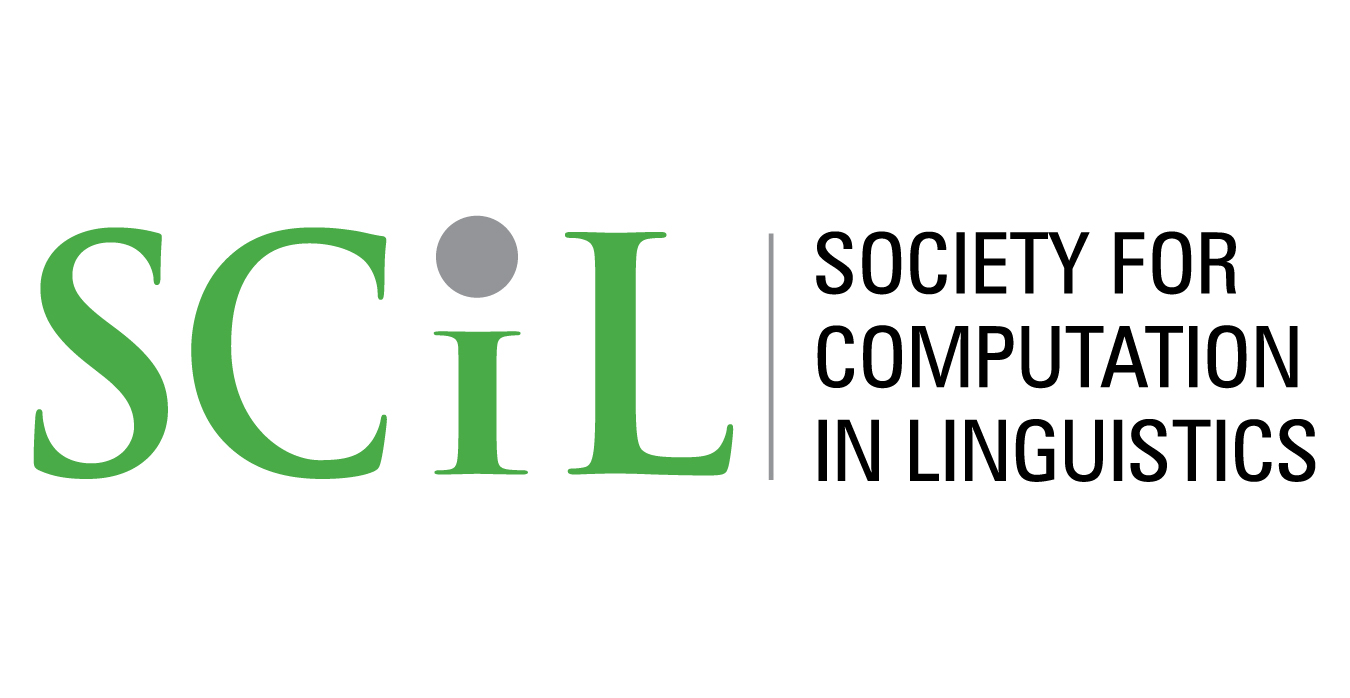Empirical Analysis of Russian Aspectual Prefixes: A Computational Approach to Productivity & Semantic Relatedness
Abstract
This work presents a computational, corpus-driven analysis of the productivity of Russian aspectual prefixes. Using multiple complementary methods, including the Tolerance Principle (TP), Baayen’s hapax-based measures (P and P*), and semantic similarity scores, we evaluate the extent to which different perfectivizing prefixes are synchronically productive. We construct a large-scale verb lexicon annotated for aspect, and leverage multiple corpora to identify novel prefixed forms. Our findings reveal that productivity is not uniformly distributed across prefixes: some, like za- and po-, are frequent and semantically broad, while others, such as niz-/nis-, are rare and exhibit narrow or archaic usage. Hapax-based metrics (P*) correlate more strongly with neologism data, suggesting that corpus-based models better reflect emerging usage trends. We also consider the role of bi-aspectual verbs and propose incorporating them into the productivity analysis via a “null” prefix class, which emerged as productive by TP. Finally, we examine the relationship between productivity and semantic transparency using cosine similarity, finding little evidence that meaning preservation drives rule productivity. Our results support a gradient view of morphological productivity and demonstrate how computational tools can yield new insights into the dynamics of verbal aspect and derivation in Russian.
Keywords: Morphological productivity, Russian aspectual prefixes, Tolerance Principle, Hapax legomena, Semantic similarity
How to Cite:
Tyulina, N., (2025) “Empirical Analysis of Russian Aspectual Prefixes: A Computational Approach to Productivity & Semantic Relatedness”, Society for Computation in Linguistics 8(1): 45. doi: https://doi.org/10.7275/scil.3181
Downloads:
Download PDF
470 Views
519 Downloads
